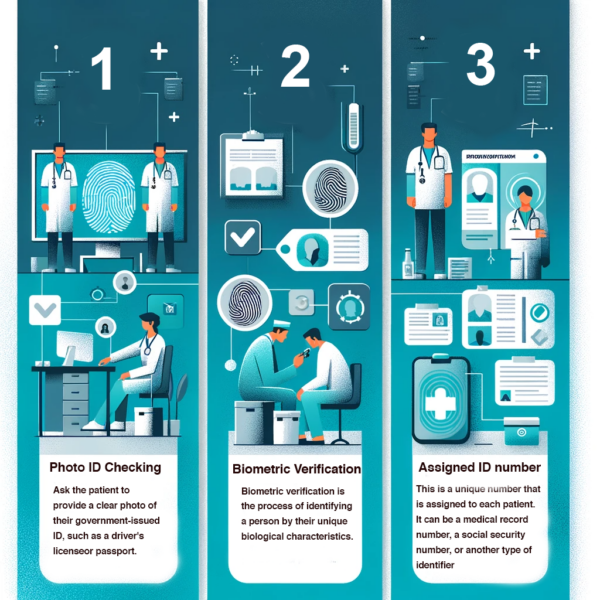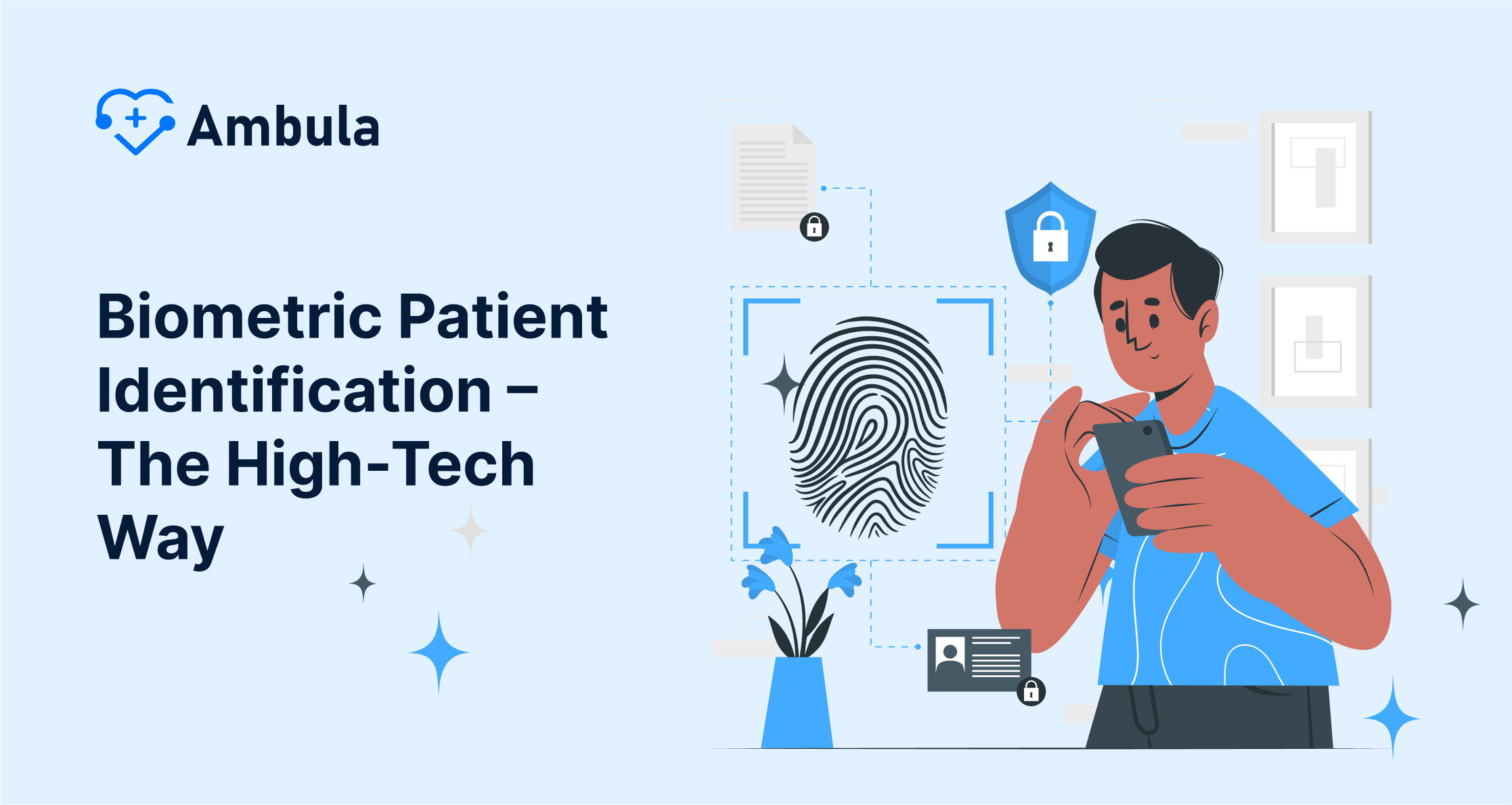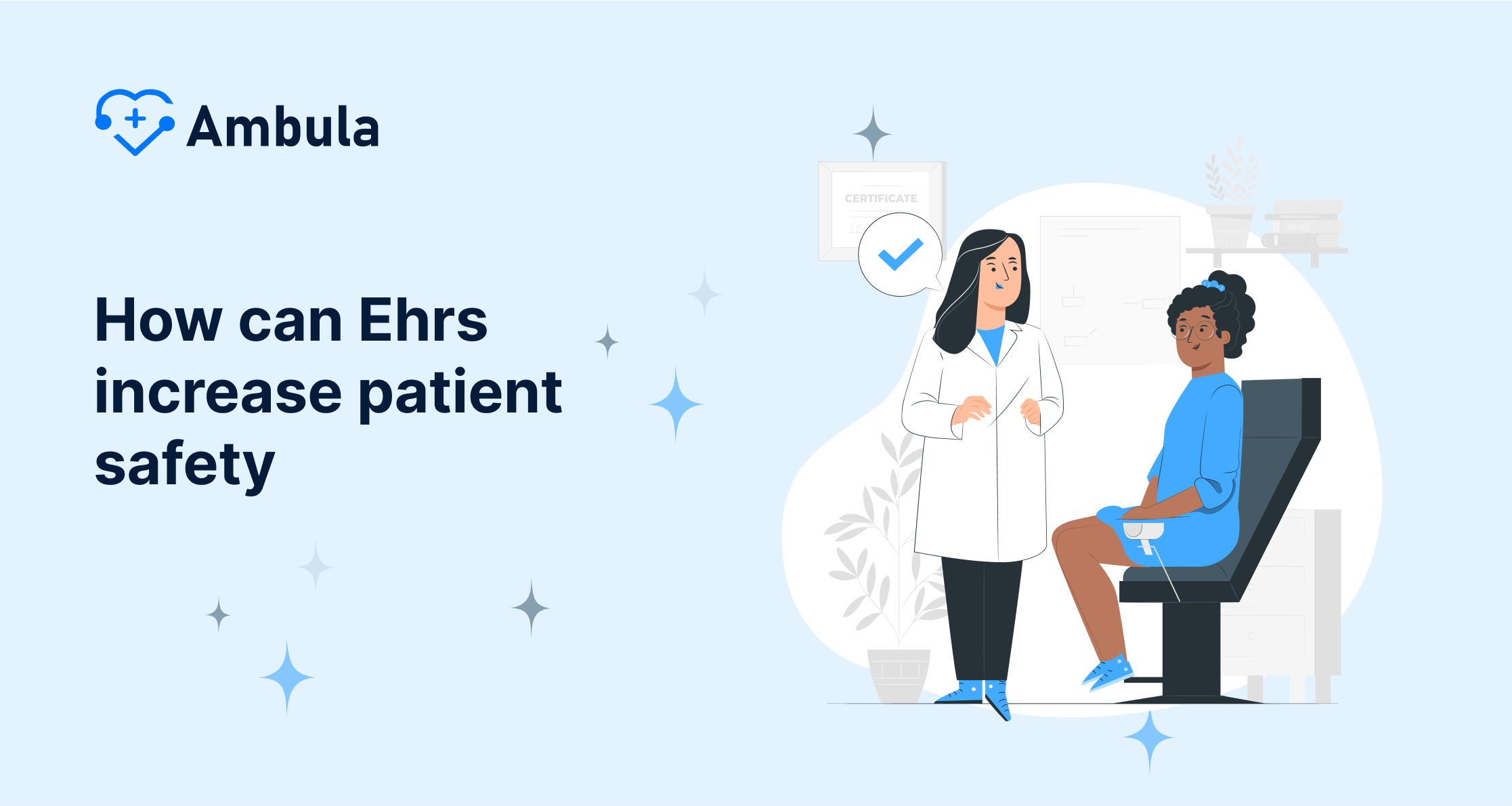
Accurate patient identification, known as “identifying patients correctly”. It is the first step in preventing significant medical errors and ensuring the right treatments reach the right individuals. This blog post delves into the importance of proper patient identification in healthcare and how it impacts patient safety and medical outcomes. The article covers the various identification steps healthcare providers employ, from the power of ID tags to cutting-edge biometric technology. So, are you ready to broaden your knowledge and understanding of this essential cornerstone of healthcare? Let’s dive in!
Why Proper Patient Identification is a Must?
Have you ever imagined the chaos resulting from something as simple as inaccurate patient identification? It’s more than just calling someone by the wrong name; it’s a major patient engagement challenge. All information, from diagnosis to treatment plans, is tied to the patient’s identity. Getting it wrong? That could mean administering the wrong medications or treatments to the wrong person.
Here lies the importance of accurate patient identification, an often overlooked aspect of healthcare. Without this crucial first step, everything else could go off track. It’s like embarking on a journey without having a clear sense of your starting point.
1. The Power of ID Tags
You might consider ID tags a simple, even primitive, backup strategy in our digital age. Surprisingly, though, these small wristbands hold significant weight in healthcare settings. They serve as the first line of defense in identifying patients accurately and ensuring each patient’s medication is right.
Although these bands are important, they do have their limitations. It’s common to find patients without them, especially those rushed into emergency departments. And sometimes, even if these tags are available, they might not provide complete information. Therefore, while these tags are crucial, they shouldn’t be the only tool for patient identification.
Don’t underestimate ID Tag’s contributions to patient safety
Having the correct patient ID tags does more than ensure the right person gets the right treatment. It’s one thread in the complex web of patient safety. Accurate ID tags make you less likely to face a patient engagement challenge.
Let’s paint a picture here: imagine a patient allergic to certain medications. Now, picture the possible life-threatening scenario if they are mistakenly given those drugs because of wrong patient identification. Scary thought, isn’t it? These tags often carry crucial allergy information, making them indispensable for patient safety.
2. Key Role of Personal Info Verification
There is no better way to ensure a patient’s identity than by cross-referencing their personal information, including their date of birth, address, and full name, following patient identification guidelines. This meticulous process acts as a thorough examination to confirm that we have correctly identified the patient, ultimately leading to the right treatment and medication administration.
Though manual verification may seem time-consuming, its benefits far outweigh the time invested, following patient identification guidelines. A simple patient identification mistake can have dire consequences, potentially endangering their health or life. The act of double-checking significantly reduces this risk.
As a side note, it’s important to understand the distinction between a patient and a client in the context of healthcare. In healthcare, the term ‘patient’ refers to an individual under the care of a medical professional, whereas ‘client’ is more commonly used to describe someone receiving services.
Striking the Right Balance Between Verification and Privacy
Ah, the dance between ensuring data accuracy and respecting patient privacy. It’s a little tricky, isn’t it? Ensuring accurate patient identification is not an excuse to invade a patient’s personal space. It must be done within the boundaries of HIPAA guidelines.
While it is necessary to verify a patient’s demographic information for proper identification, it becomes a privacy concern if it is used for other purposes unrelated to their healthcare. It is essential to remember that we are dealing with real individuals who have trusted us with their health and personal information. Thus, maintaining this balance requires careful adherence to privacy regulations and ethical considerations.
3. Biometric Patient Identification – The High-Tech Way
With technology’s ever-pervading presence, it permeates all aspects of patient care. And yes, this includes patient identification, too. Fingerprint scans, iris recognition, face recognition—you name it, biometrics are slowly but surely seeping into healthcare.
Boy, does it solve a lot of problems? Talk about the ultimate push toward ensuring the patient’s medication is right. With a simple scan, we can access an individual’s unique medical history securely and quickly, improving efficiency and patient safety.
Here’s how it works:
- Enrollment: A patient’s biometric data is captured and stored securely in a database. This can be done during their first visit to a healthcare provider or at a dedicated enrollment station.
- Verification: During subsequent visits, the patient’s biometric data is captured again and compared to their stored data. If the match is successful, the patient’s identity is verified.
Benefits of Biometric Patient Identification:
- Improved patient safety: Reduces the risk of medical errors, such as mismatched medications or treatments, by ensuring that the right patient receives the right care.
- Reduced fraud: Makes it more difficult for individuals to impersonate others and gain access to healthcare services they are not entitled to.
- Enhanced patient experience: Provides a faster and more convenient way for patients to identify themselves, reducing wait times and administrative burdens.
- Increased efficiency: Streamlines workflow for healthcare providers by allowing them to verify patient identities quickly and accurately.
- Improved data integrity: Ensures patient records are accurate and complete by linking them to a unique biometric identifier.
Onwards to the Future with Biometrics
The concept of biometrics might seem out of a sci-fi film now, but would it surprise you to know that its presence is rising in healthcare? Yes, biometric identification systems are slowly becoming the “norm.” Healthcare will soon witness a technological revolution, with this new identification method promising better security, quicker service, and a heightened level of personalized care.
As we embrace such futuristic modes of identification, let’s remember—they don’t replace the need for vigilance. Whether it’s an algorithm or a human, the goal of patient identification remains the same: ensure the right care for the right person at the right time.
Preventing Patient Misidentification – A Peek at Our Errors
Mistakes are a part of life. But in healthcare, they can be dangerous. Whether it’s misreading an ID tag or not updating patient records, these errors can compromise patient safety. And let’s be real: the consequences are too dire to ignore.
Here’s the good news, though. We can avoid these patient identification errors and protect our patients by understanding these common missteps. So, let’s keep learning, improving, and striving to uphold the highest standards in patient care.
Identifying Patients – A Recap
So, to sum things up—patient identification involves more than just a name check. It demands a multi-pronged approach that combines ID tags, verification of personal information, and advanced methods like biometrics. Each part contributes to a seamless, safe patient care journey, making the patient identification process more secure and accurate.
Also, understanding the difference between a patient and a client is key. In our context, we’re dealing with patients and individuals seeking medical care, and it’s our responsibility to ensure their identities are never mistaken.
Wrapping Up
And there you have it, folks! Our healthcare journey is a collective one. We must ensure that every person under our care is correctly identified and treated. With the right methods and technology, we can uphold patient safety standards and create a healthcare system that truly puts the patient first. Stay tuned, stay updated, and let’s keep learning together for a safer healthcare future.







